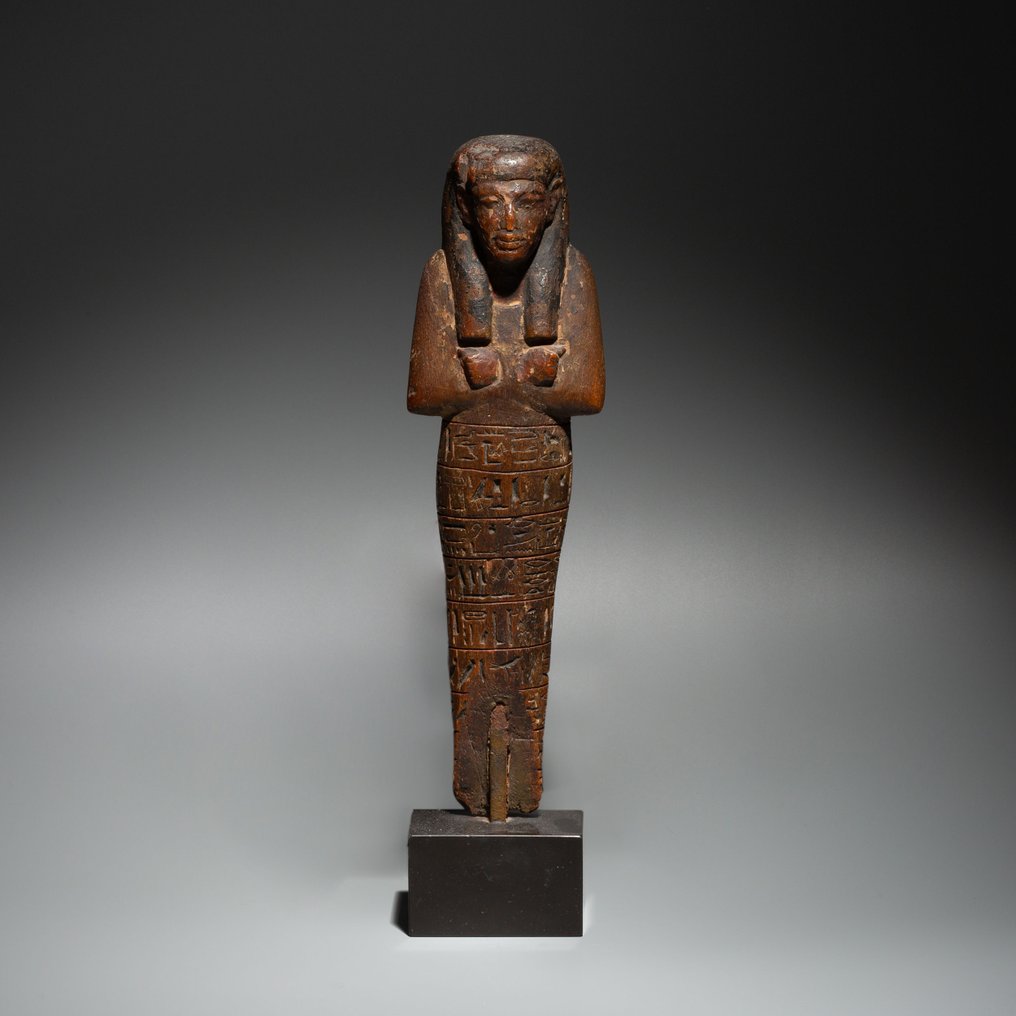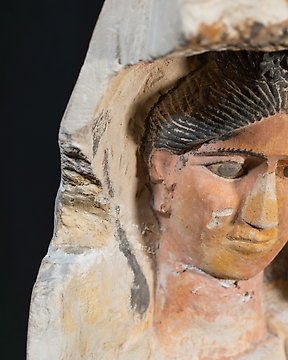免责声明
卖家保证并能证明该物品是合法获取的。 Catawiki 通知卖家,他们必须提供其居住国法律法规所要求的文件。 卖家保证并有权出售/出口此物品。 卖家将向买家提供有关该物品的所有已知的原产地信息。 卖家确保已经/将安排任何必要的许可。 卖家将立即通知买家有关获得此类许可可能产生的任何延误。
卖家保证并能证明该物品是合法获取的。 Catawiki 通知卖家,他们必须提供其居住国法律法规所要求的文件。 卖家保证并有权出售/出口此物品。 卖家将向买家提供有关该物品的所有已知的原产地信息。 卖家确保已经/将安排任何必要的许可。 卖家将立即通知买家有关获得此类许可可能产生的任何延误。












